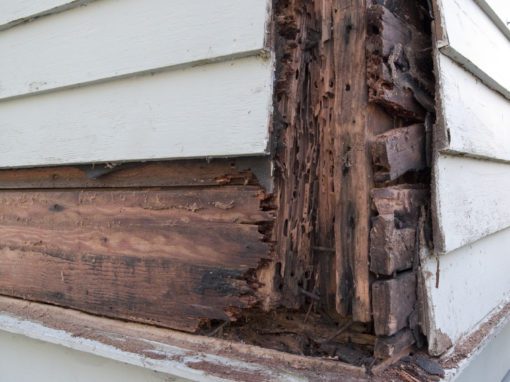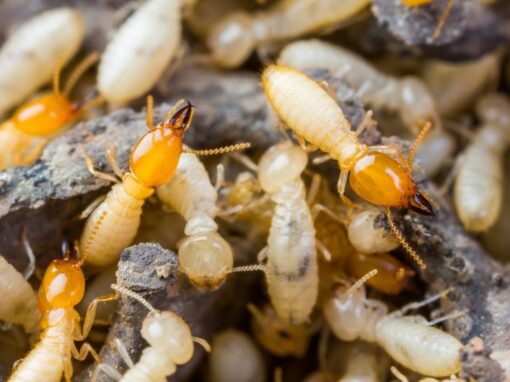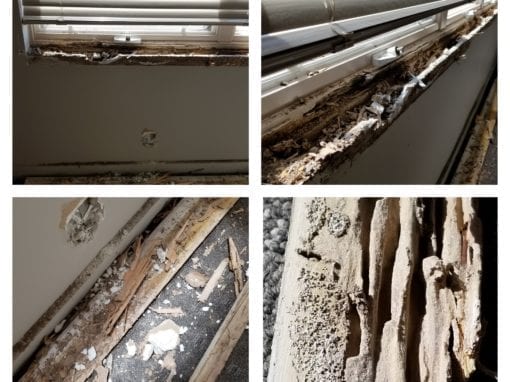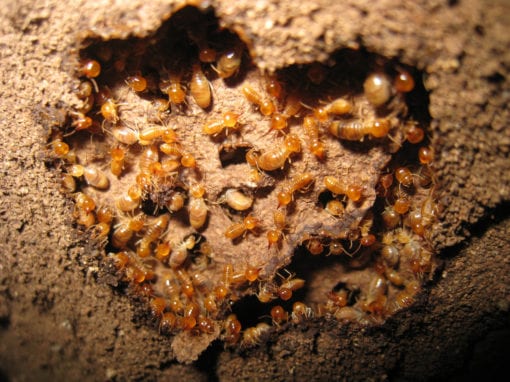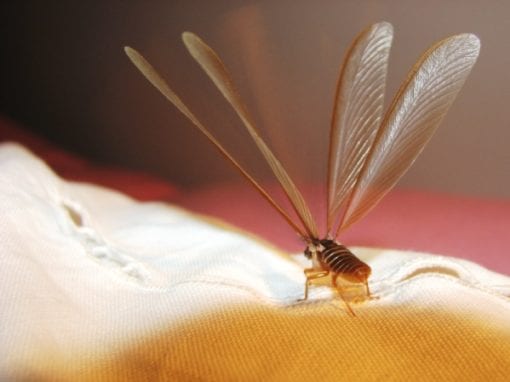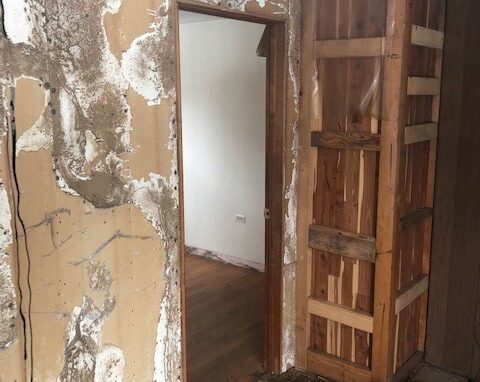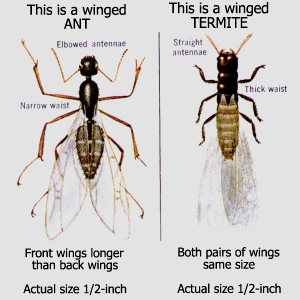Owning a home is one of the biggest investments you’ll make, so naturally, you’ll want to protect it from anything that could damage its structure or value—especially termites! These “silent destroyers” are more common than you might think, and understanding how to spot them can save you from costly repairs. Stanton E. Cope, our Technical Director, has compiled some essential information that every homeowner should know about termites.
7 Things You Should Know About Termites
1. Termite Damage Is Expensive
Each year, termites cause damage to about 600,000 homes in the United States, with repairs totaling around $5 billion! And unfortunately, most homeowners insurance policies don’t cover termite damage (check with your provider for details). So, being proactive about termite prevention is key to protecting your investment.
2. What Are Termites?
Termites are highly social insects that live in colonies. These colonies are made up of different castes with specific roles, including workers, soldiers, and reproductive termites, which all work together to ensure the colony thrives.
3. What Do Termites Eat?
While termites are best known for eating wood, they can also munch through soft metal, insulation, plaster, books, paper, and even swimming pool liners! They feed on cellulose, a complex substance found in plant materials, which is digested with the help of special enzymes and microorganisms in their gut. Essentially, termites will eat almost anything that contains cellulose.
4. How Many Kinds of Termites Are There?
Worldwide, there are about 220 species of termites, with 45 species found in the United States. The most common in the Midwest is the Eastern subterranean termite (Reticulitermes flavipes), which is also the most economically significant species in the U.S.
5. Where Do Termites Live?
Subterranean termites prefer nesting in soil or in contact with it, usually near a food source. They need a moist environment to survive, and their colonies can take 3-5 years to mature. Termite colonies grow slowly, but once established, they can cause extensive damage over time.
6. Why Do Termites Swarm in Spring?
Spring is when termites typically swarm, especially after rainfall and warmer temperatures. These swarming termites, also known as “alates” or “swarmers,” are looking to form new colonies. If you see swarming termites in your home, it’s a sign that there may be an active colony nearby. Don’t panic, though—swarmers don’t cause damage, and you can easily remove them with a broom or vacuum. But it’s important to have your home inspected, as they may indicate an infestation.
7. Signs of a Termite Infestation
Termites are stealthy, often causing damage out of sight behind walls, floors, or other hard-to-reach areas. Signs of an infestation include:
-
Swarming termites inside the house, particularly around windows and doors.
-
Mud tubes on foundation walls, support piers, or floor joists. These are the “highways” termites use to travel from the soil to their food source (like your home).
-
Wood damage: Hollowed-out wood or crumbling drywall, which may be soft to the touch.
Can Ants Swarm, Too?
Yes! Both termites and ants swarm at similar times of year, but there are key differences between them. Termites have straight antennae, a thick waist, and wings that are the same size. Ants, on the other hand, have elbowed antennae, a skinny waist, and wings that are larger in the front than the back.
What Happens If You Get Termites?
If you discover termites, don’t worry about pumping harsh chemicals into your home. Modern termite control is much more advanced and eco-friendly. We use Sentricon, an unobtrusive termite baiting system that’s also a preventative measure against future infestations.
Sentricon is available through our authorized Franklin Pest Solutions experts and is included in our Healthy Home Maintenance Program Plus Sentricon (HHMP+). If it’s been more than two years since your last termite inspection, give us a call! We’ll provide a free assessment and quote to ensure your home stays protected.

